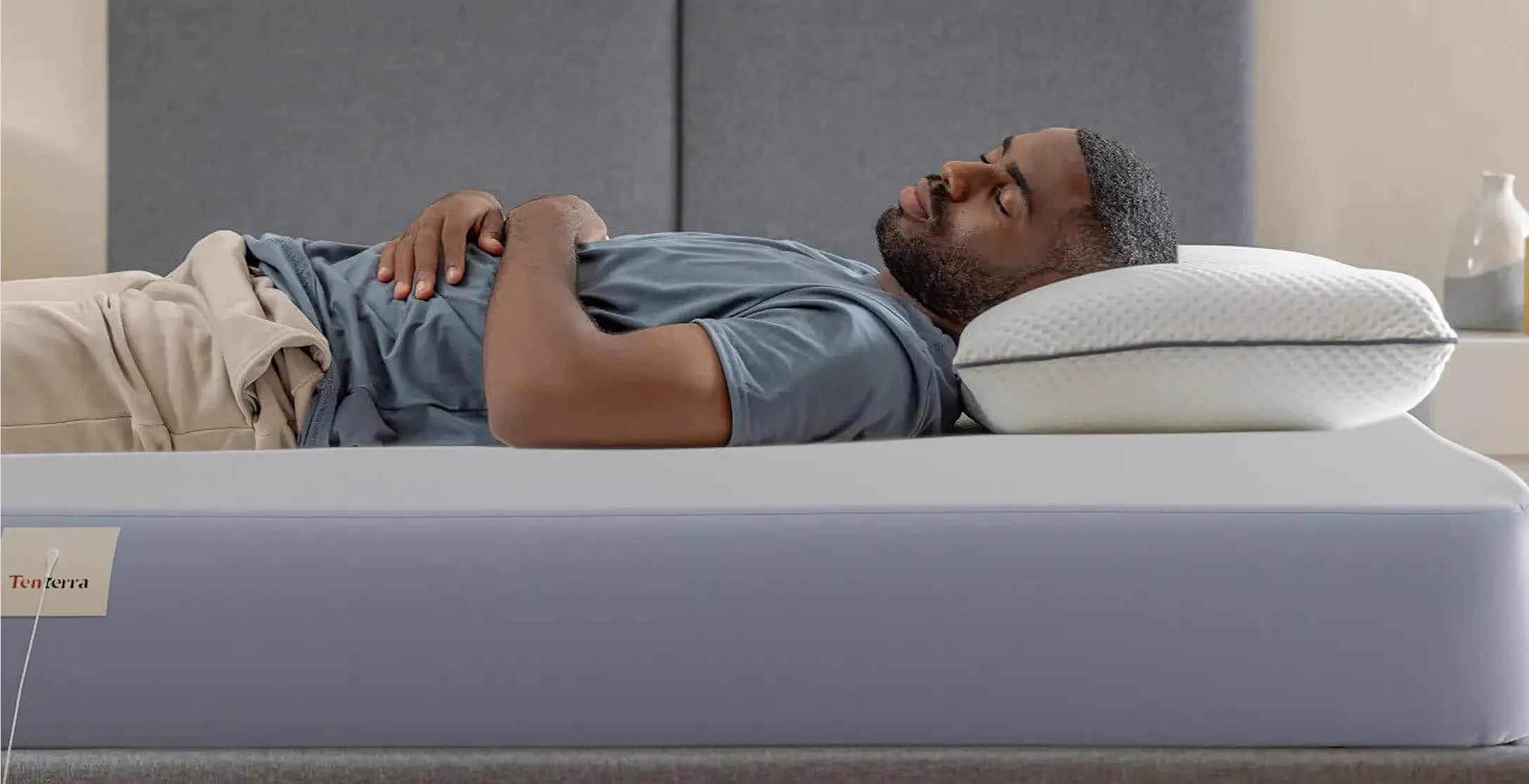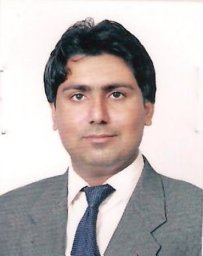
The History of Grounding: From Ancient Practices to Modern Science
Share
Grounding like earthing, is the practice of reconnecting our bodies to the Earth’s surface electrons by making direct contact with soil, sand, or water. While it may seem like a modern wellness trend, the concept traces back thousands of years. At Tenterra, we believe that grounding sheets and mats honor these age-old traditions while harnessing modern research to improve sleep, reduce inflammation, and enhance overall well‐being.
In this deep dive, we explore grounding’s evolution from sacred rituals in ancient cultures to rigorous scientific validation in the modern era.
I. Ancient Civilizations and Earth Connection

A. Indigenous Traditions Worldwide
Native American Practices
Many Native American tribes held the Earth as sacred. Ceremonies often included walking barefoot on sacred grounds during seasonal rituals—spring renewal dances, harvest thanksgiving ceremonies, and healing gatherings. These barefoot rituals fostered a spiritual bond with Mother Earth, believed to restore balance and vitality.
Aboriginal Australian Dreamtime
In Aboriginal Australian culture, “Walkabout” journeys were rites of passage where young men trekked long distances barefoot, connecting with ancestral lands and Dreamtime stories. This grounding in both the physical and spiritual landscape reinforced community bonds and personal understanding of one’s place in the cosmos.
African Tribal Practices
Across diverse African tribes, earth connection rituals formed part of healing ceremonies. Healers often used clay baths or grounding stones, believing that direct contact with mineral-rich soils would draw out toxins and restore health.
B. Ancient Eastern Philosophies
Traditional Chinese Medicine (TCM)
TCM classifies Earth (土, tǔ) as one of the Five Elements (五行, wǔ xíng), essential to maintaining harmony between Yin and Yang. Ancient texts like the Huangdi Neijing describe how standing barefoot in grass or soil can balance Qi—the body’s vital energy—and promote digestive and immune health.
Ayurveda and the Element of Earth
Ayurvedic medicine, codified in the Charaka Samhita, teaches that Prithvi (the Earth element) provides stability and nourishment. Grounding techniques—such as walking barefoot on moist soil—were recommended to pacify Vata dosha (air/ether imbalance), reducing anxiety and improving sleep quality.
C. Mediterranean Civilizations
Ancient Greek Philosophy
Hippocrates, often called the “Father of Medicine,” emphasized the healing power of natural elements, including soil and mineral-rich muds. Empedocles’ four-element theory (Earth, Water, Air, Fire) laid the groundwork for later healers to view earth contact as essential to balance bodily humors.
Roman Practices
Romans built thermae (public bathhouses) that incorporated clay and mineral baths. Soldiers in the Roman legions were instructed to sleep on the ground when in camp to maintain health during long campaigns—an early nod to what we now recognize as grounding.
II. Medieval and Renaissance Perspectives

A. Medieval Healing Traditions
European Folk Medicine
Monastic infirmaries often grew medicinal herb gardens with earthen floors, where barefoot monks would harvest and kneel directly on soil during healing rituals. Pilgrims traveling barefoot to holy sites in Europe believed ground contact purified the body and spirit.
Islamic Golden Age
Physicians like Avicenna (Ibn Sīnā) synthesized Greek and Eastern teachings, noting in the Canon of Medicine that clay poultices and grounding wraps reduce inflammation and fever. Hospital courtyards were designed with earthen floors and water channels, allowing patients to sit barefoot for both comfort and healing.
B. Renaissance Scientific Awakening
Early natural philosophers transitioned from purely spiritual explanations toward observational science. Botanical gardens in Renaissance Europe studied plant–soil interactions, noting the restorative effects of garden soils on gardeners’ health. Though proto-scientific, these observations presaged later investigations into earth’s electrical properties.
III. 18th–19th Century: Pre-Scientific Observations

A. Industrial Revolution Impact
Urbanization Effects
As cities grew, people reported “city ailments”—insomnia, chronic fatigue, and increased stress—correlated with concrete surroundings and lack of soil contact. Physicians noted that rural patients who spent more time barefoot outdoors enjoyed better sleep and mood.
Nature Cure Movements
Figures like Sebastian Kneipp promoted hydrotherapy and outdoor barefoot walking as antidotes to industrial life. These “back-to-nature” philosophies, popular in Europe and North America, laid cultural groundwork for grounding’s modern resurgence.
B. Early Electrical Discoveries
Benjamin Franklin’s Experiments
Franklin’s 18th-century work on lightning rods and atmospheric electricity introduced the concept of the Earth as an immense electric reservoir. His grounding rods safely diverted lightning currents into the Earth, hinting at the grounding principle in electrical safety.
Luigi Galvani’s Work on Bioelectricity
In the late 18th century, Galvani discovered that electrical currents trigger muscular contractions in dissected frogs—foundational for understanding bioelectricity. While not directly about grounding, his research cemented the idea that living tissues interact with electrical charges.
IV. 20th Century: Scientific Foundation Building
A. Early Electrical Medicine
Electrotherapy Development
By the early 1900s, doctors used electrical stimulators to treat pain and muscle injuries. This era’s experiments underscored the body’s sensitivity to external electrical currents.
Atmospheric Electricity Research
Mid-century scientists measured the Earth’s surface potential and atmospheric ion concentrations. They mapped how these natural electric fields vary with geography, time of day, and weather, laying the groundwork for modern grounding research.
B. Mid-Century Developments
NASA Space Research
NASA identified that astronauts—insulated from Earth’s electric field in spacecraft—experienced sleep disturbances, increased cortisol levels, and wound-healing delays. This discovery in the 1970s spurred development of grounding devices to simulate Earth contact in spaceflight.
Bioelectromagnetics Emergence
Research in the 1960s and 70s revealed that electromagnetic fields influence cellular processes. Laboratories began investigating how reconnecting to Earth’s electrons might modulate inflammation, pain, and cell-signaling pathways.
C. Environmental Health Awareness
Growing awareness of pollution’s impact on health led to studies comparing urban and rural populations. Rural inhabitants—often in closer contact with soil—demonstrated lower rates of certain chronic conditions, prompting renewed interest in grounding as a therapeutic modality.
V. Modern Era: Scientific Validation
Clint Ober’s Pilot Studies
Clint Ober, a former cable-TV executive, noticed linemen insulated from Earth by rubber boots suffered chronic pain. His early studies found reduced inflammation markers and improved sleep among participants who slept grounded.
Peer-Reviewed Research
Inflammation studies by Oschman’s lab showed significant reductions in blood viscosity after grounding sessions (Oschman 2007). Sleep and stress research demonstrated normalization of cortisol rhythms and fewer nighttime awakenings (Oschman 2007, Ghaly & Teplitz 2004). Wound-healing trials revealed faster tissue repair when grounded.
Current Research Landscape
Today, research spans cardiovascular health, immune modulation, and mental well-being. Institutions worldwide are conducting randomized controlled trials, using electrochemical sensors to monitor real-time electron transfer during grounding sessions.
Cortisol Rhythm: Ungrounded vs. Grounded

VI. Technological Evolution of Grounding
A. Measurement Technologies
Early grounding verification relied on simple multimeters. Modern studies employ biomarker assays, galvanic skin response sensors, and wearable monitoring devices to quantify electrical potential differences and correlate them with physiological outcomes.
B. Grounding Product Development
From simple copper rods to sophisticated grounding mats and sheets, devices have evolved to integrate seamlessly into daily life. Today’s products—like our premium grounding sheets—offer durable conductive layers, safety certifications, and ease of use, making grounding accessible in homes worldwide.
VII. Cultural and Scientific Integration
A. Bridging Ancient and Modern
Modern science is validating ancient wisdom. Practices passed down through indigenous and Eastern traditions are now recognized for their physiological benefits, fostering respect for cultural knowledge while applying rigorous research methods.
B. Future Directions
Emerging studies are exploring grounding’s impact on neuroplasticity, metabolic health, and mental resilience. As measurement technologies advance, we anticipate deeper insights into how Earth’s subtle electric currents influence human biology.
Conclusion
From barefoot ceremonies in ancient tribes to cutting-edge clinical trials, grounding has traversed a remarkable journey. By honoring traditional practices and embracing modern science, we at Tenterra invite you to experience grounding in your own life—whether through nature walks, grounding sessions on our premium sheets, or barefoot moments in your garden. Rediscover the Earth beneath your feet and let its gentle currents restore balance, vitality, and peace.
Learn more about how grounding sheets work in our in-depth article: How Grounding Sheets Work.
For a complete list of grounding benefits cited from academic literature visit our article: 21 Science Benefits of Grounding Sheets.
References
- Ghaly, M. & Teplitz, D. (2004). The biologic effects of grounding the human body during sleep as measured by cortisol levels and subjective reporting of sleep, pain, and stress. Journal of Alternative and Complementary Medicine, 10(5), 767–776. doi:10.1089/1075553041324844
- Oschman, J. L. (2007). Can electrons act as antioxidants? A review and commentary. Journal of Alternative and Complementary Medicine, 13(9), 955–967. doi:10.1089/acm.2007.7021
- Chevalier, G., Sinatra, S. T., Oschman, J. L., Delany, R. M., & Brown, R. (2012). Earthing: Health implications of reconnecting the human body to the Earth’s surface electrons. Journal of Environmental and Public Health, 2012, Article ID 291541. doi:10.1155/2012/291541
- Brown, D., Chevalier, G., & Hill, M. (2010). Pilot study on the effect of grounding on delayed onset muscle soreness. Journal of Alternative and Complementary Medicine, 16(3), 265–273. doi:10.1089/acm.2010.0007
- NASA (1974). Cardiovascular changes during space flight. NASA Technical Memorandum. ntrs.nasa.gov/19760004519


